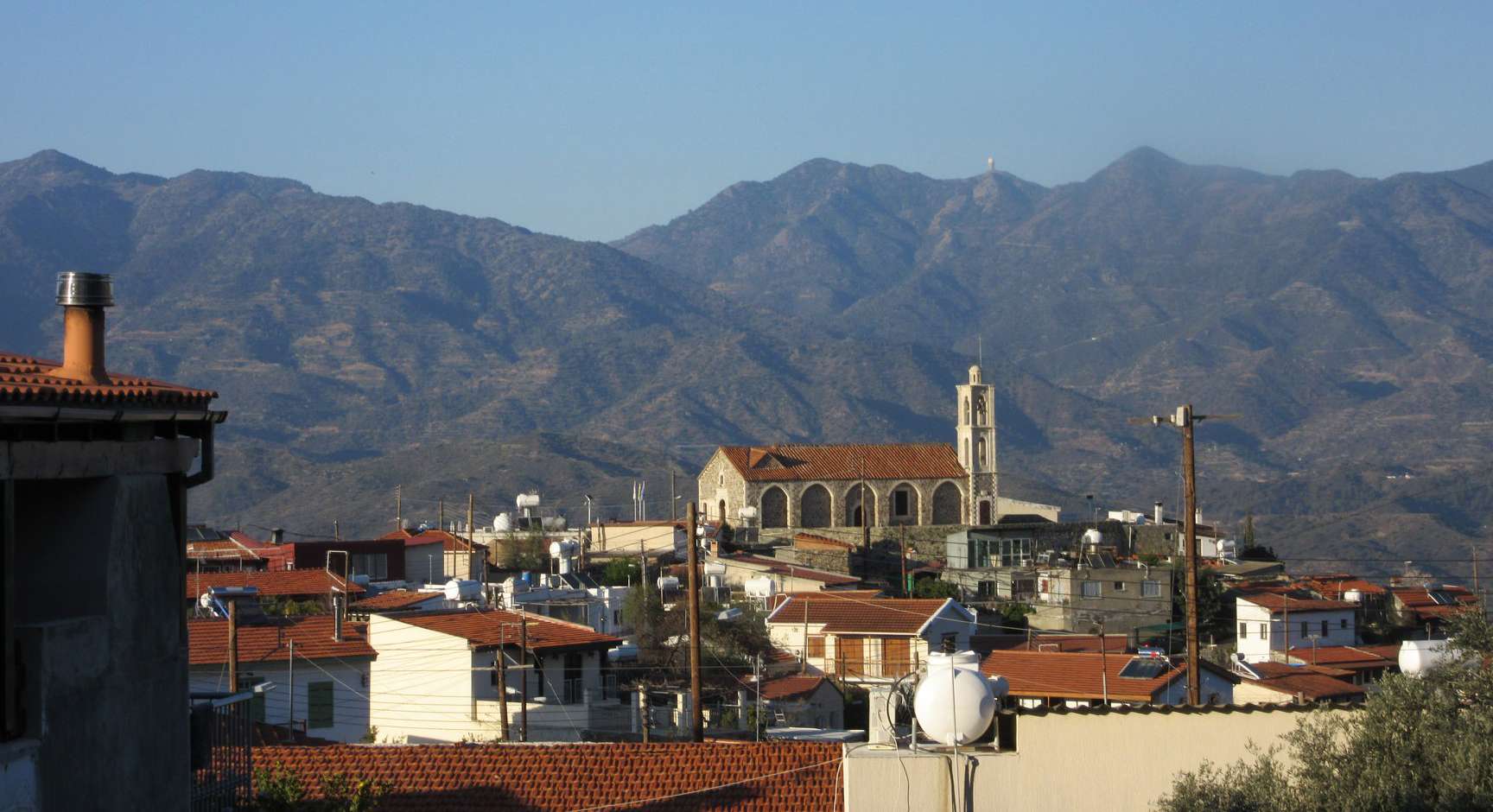Kellaki
From the time of the Frankish rule
The village of Kellaki is a beautiful village of Limassol, which is about 28 km away.
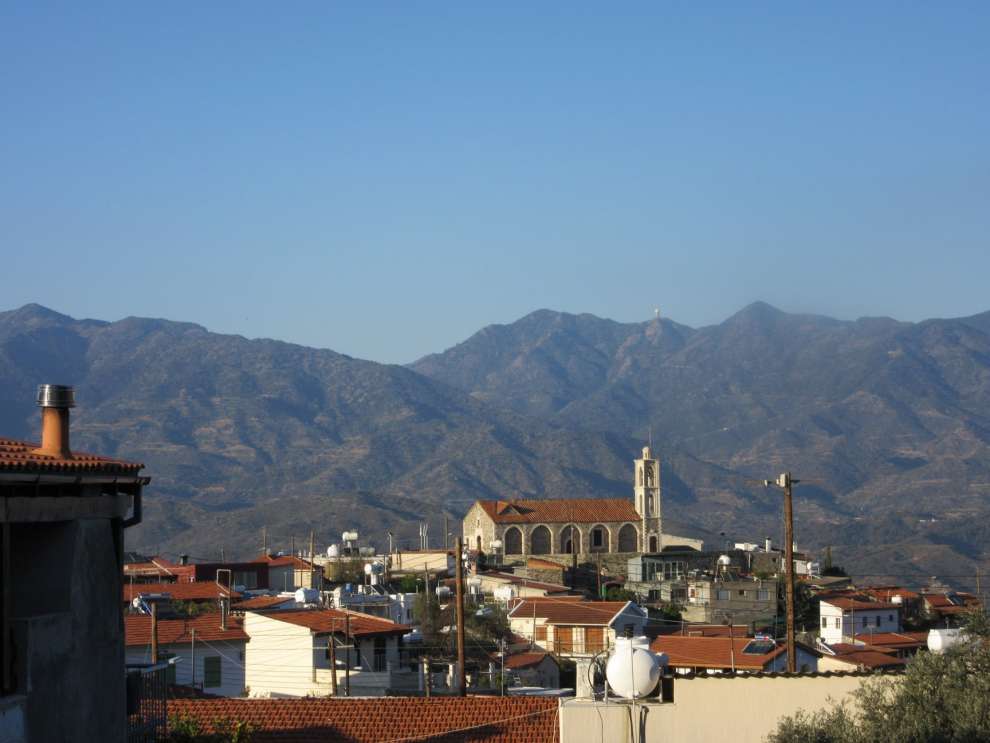 Photo: Xenia Charalambous
Photo: Xenia Charalambous
Historical data:
According to historical sources, Kellaki has existed since the Frankish rule in Cyprus. Indeed, the French traveler Mas Latri refers to this as Chiegliachia. Mas Latri states that it belonged initially to the Order of Knights Templar and, after its dissolution, it was in possession of the Order of the Great Commandarias of Ioanniton. On paper of 1862 he again notes that the population of Kellaki was 200 inhabitants.
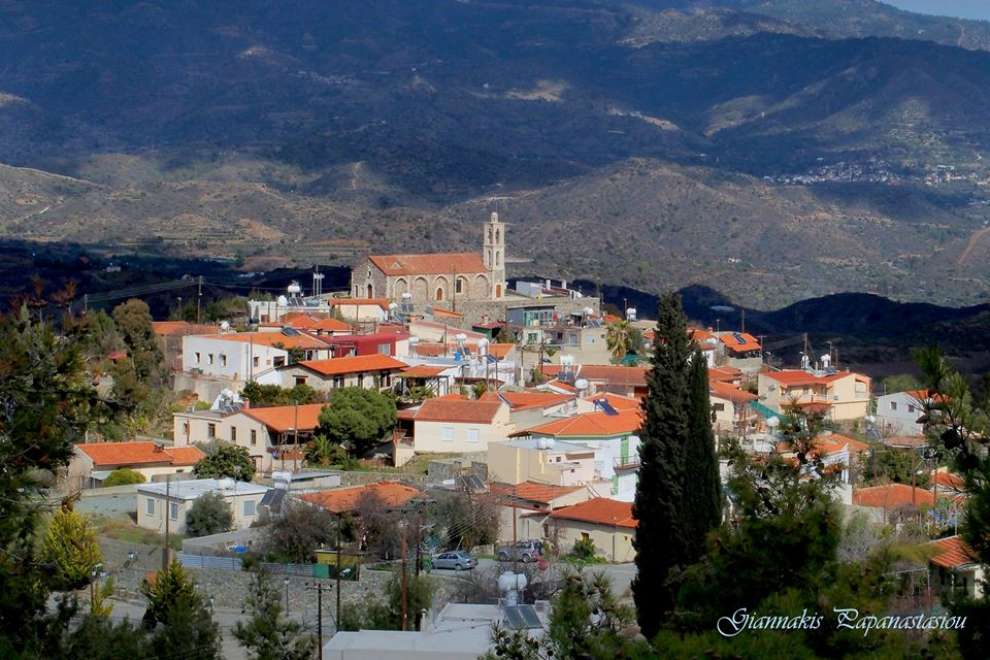 Photo: Giannis Papanastasiou
Photo: Giannis Papanastasiou
The name of the village:
For the name of the village there are several versions. According to the first and most prevalent version, the village owes its name to a small "Keli" (meaning cell) that was first built on a rock in the area by a monk in the 3rd century AD. These small rooms were designed to house only one single person and were called "Kelia" (meaning cells). So when the monk abandoned his cell in the area, the present settlement was created and from this cell it was named. Based on this, the name of the village was Kellaki during the Byzantine period.
Finally, a second version states the village took its name from the cells of Rigenas.
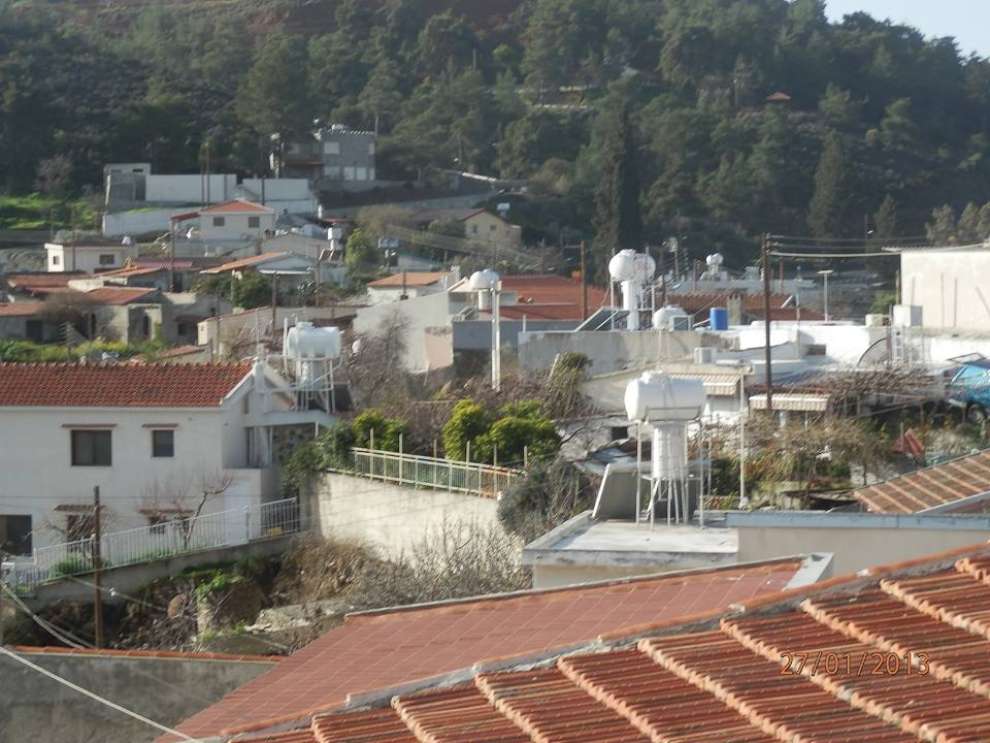 Photo: George Papageorgiou
Photo: George Papageorgiou
Sights and Churches:
In the village of Kellaki, the first thing that you can see and the first thing that welcomes you to the village is the Church of Agios Georgios, built in the 18th century. From the courtyard of the church, there is an unprecedented circular view of the village and the wider region.
Apart from the church of Agios Georgios, in Kellaki there is a church of Agia Marina, which according to Gannis was built in 1744 and was renovated in 1845. It was destroyed and rebuilt but without a trace of the old architecture.
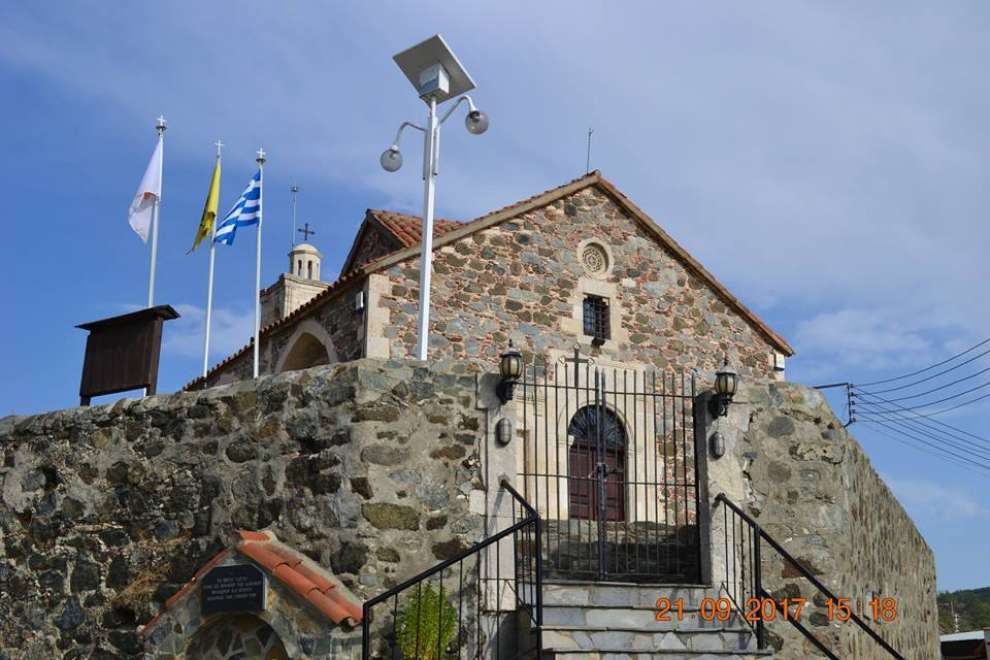 Photo: Akis Aristidou
Photo: Akis Aristidou
Within the boundaries of the community of Kellaki is the Holy Monastery of Zoodochos, built among the pine trees, overlooking all directions and accommodating 11 nuns. It is a 1976 building and it is a continuation of an old church building of the 15th or 16th century, which existed in the same location.
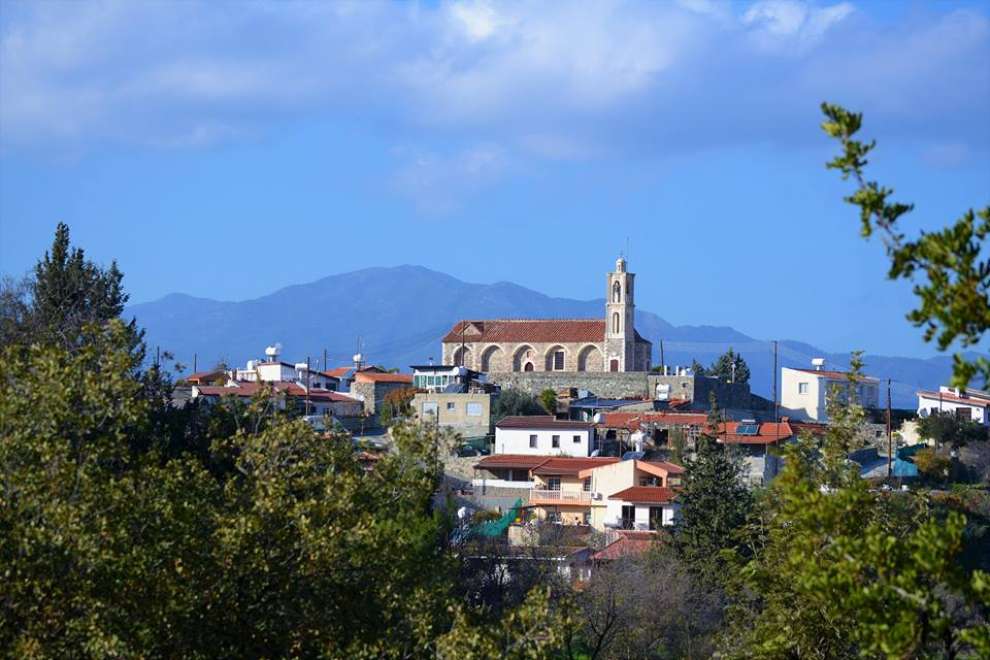 Photo: Antreas Shiakos
Photo: Antreas Shiakos
In the village of Kellaki, there is the Community Stadium and Open Air Venue, as well as the old Primary School which also forms a Cultural Center. In the old neighborhoods of the village, the visitor will see traditional as well as modern architecture. It is noteworthy that in Kellaki there is the Memorial of Remembrance and Honor, with the names/ proprietary / biographical data of the below Kellakians:
NTINOS ANDREOU - assassinated in 1973 by EOKA II - fallen resist, GEORGIOS M. ARISTEIDOU - missing Cypriot 1974, EZEKIA PAPAIOANNOU - former deputy - Secretary General of the Central Committee of the Working People's Reconstruction (AKEL), also includes a quote from the deceased Kellaki poet, Artemis Theodosiou.
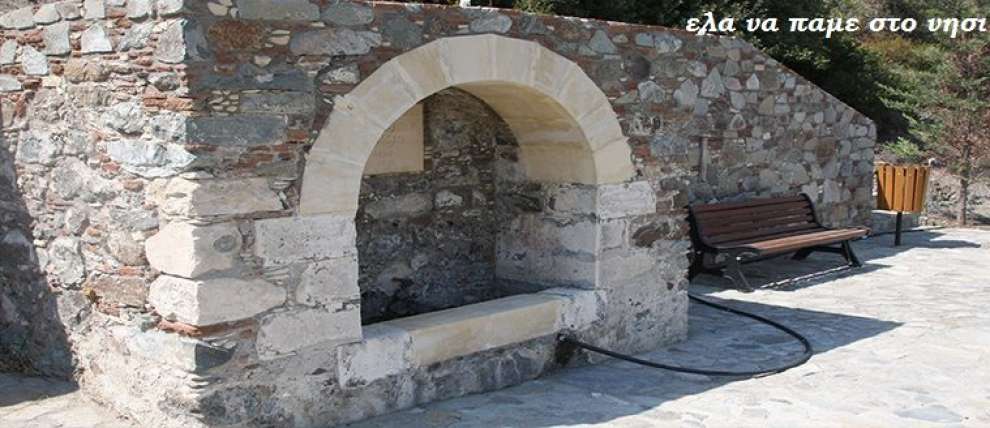 Photo: Ελα Να Παμε Στο Νησι
Photo: Ελα Να Παμε Στο Νησι
Population:
Kellaki experienced population fluctuations. In 1881 it had 316 inhabitants who fell to 275 by 1911. Later, in 1921, they rose to 411 and fell back to 221 in 1931. In 1946 the inhabitants grew to 393 and to 408 in 1960. In 1973 they fell to 261 and until 1982 it was 250. In 2001, they grew to 267, while today the population of the Kellaki municipality is 350 inhabitants.
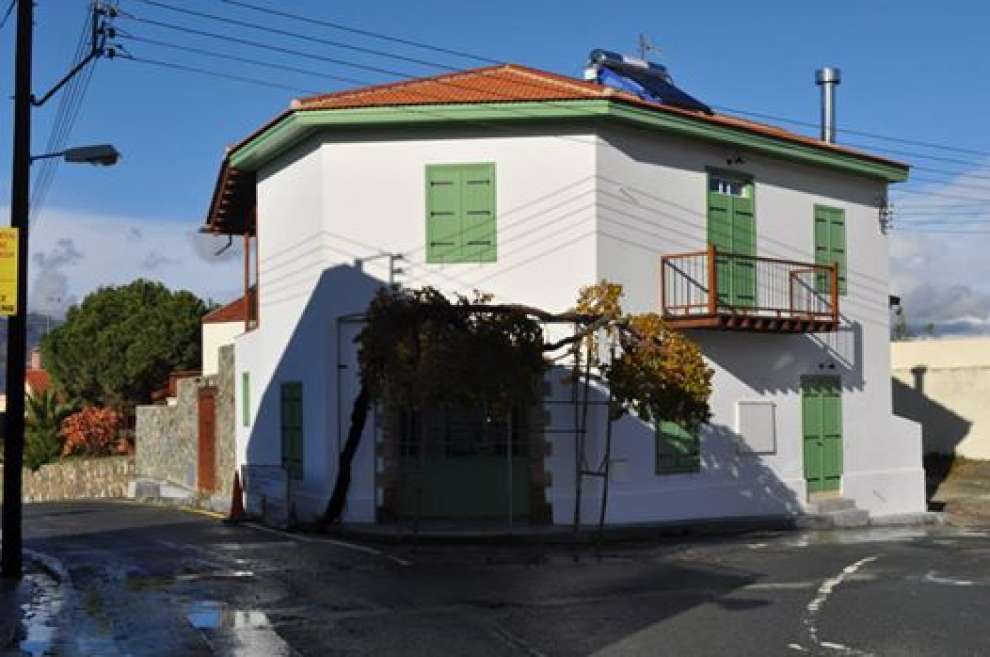 Photo: ΑΝΔΡΕΑΣ ΧΡΙΣΤΟΦΟΡΟΥ
Photo: ΑΝΔΡΕΑΣ ΧΡΙΣΤΟΦΟΡΟΥ
Occupations and crops:
The inhabitants of the village deal with agriculture and specifically with the cultivation of vegetables and fruit trees. In particular, tomatoes, apples, peaches, pears, nectarines and cherries are grown.
In the uncultivated areas of the village rich vegetation, pines and shrubs and grown. It is worth noting that the vines that formerly dominated, nowadays, have almost disappeared.
For the map of the area, click HERE

 English
English
 Ελληνικά
Ελληνικά Русский
Русский